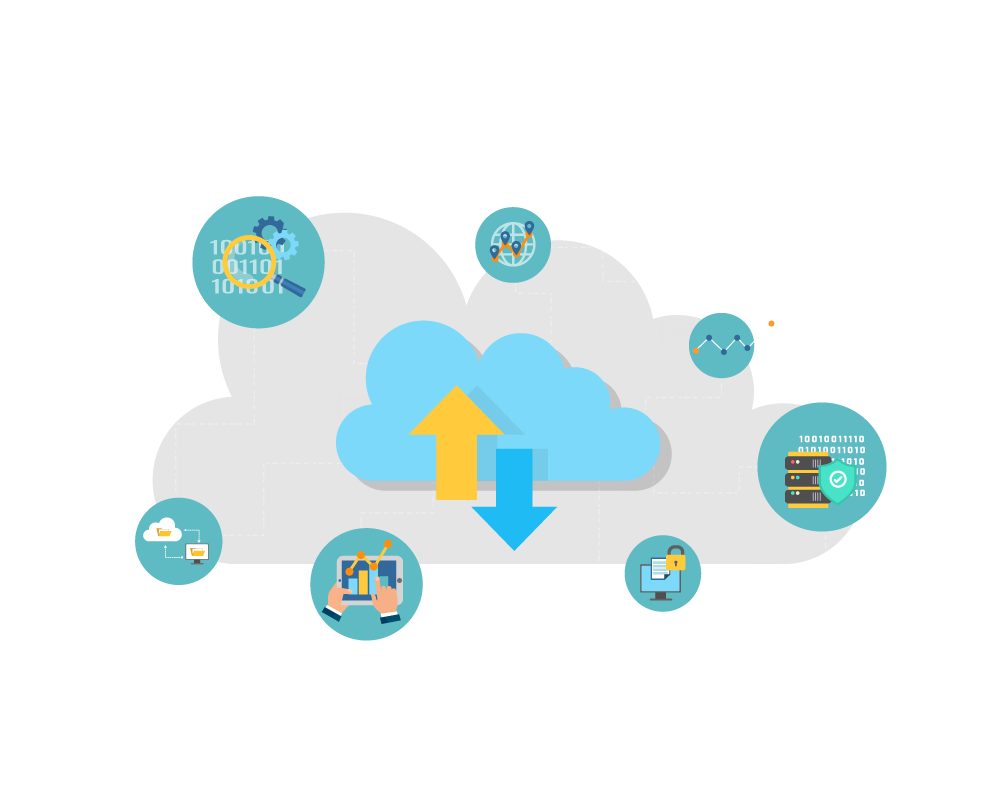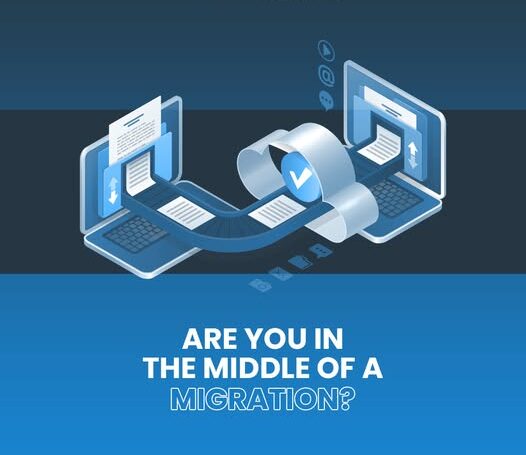Businesses must constantly modify their IT infrastructure in today’s rapidly changing digital environment to remain competitive. The hybrid cloud is among the best options for attaining this flexibility. Businesses can reduce expenses, increase security, and boost overall performance by utilizing the hybrid cloud model, which combines the finest features of both public and private clouds. But why are hybrid cloud solutions becoming so popular among businesses? Let’s examine the main causes of this expanding trend and how it might help your company.
Understanding Hybrid Cloud
An IT architecture known as a hybrid cloud combines public cloud services with private cloud resources located on-site. Businesses can easily shift workloads between environments using this method, depending on their unique requirements. For businesses that need to strike a compromise between cost effectiveness, scalability, and control, the hybrid approach is perfect.

Key Components of Hybrid Cloud
- Private Cloud: A dedicated cloud environment located on-premises or in a private data centre that provides great security and control.
- Public Cloud: Cloud services offered by providers such as AWS, Azure, and Google Cloud, which are scalable and cost-effective.
- Hybrid Integration:VPNs, APIs, and cloud management applications are examples of hybrid integration technologies that allow private and public clouds to communicate seamlessly.
Why Hybrid Cloud? Key Business Benefits
1. Cost Optimization
For businesses, balancing IT expenses is a significant concern. By dynamically alternating workloads across public and private clouds, hybrid cloud helps businesses reduce costs:
- To save money on expensive public cloud storage, save important and sensitive data in a private cloud.
- Reduce the requirement for expensive on-premises hardware by using public cloud resources for applications that are in high demand.
- For improved cost control, use pay-as-you-go models in the public cloud
2. Security & Compliance
Security is one of the most important considerations when implementing cloud technology. The hybrid cloud enables enterprises to ensure security and compliance by:
- Keeping sensitive data and mission-critical tasks in the private cloud while taking use of the public cloud’s flexibility.
- Controlling where data is held helps to meet regulatory compliance standards (such as GDPR, HIPAA, and PCI DSS).
- Implementing zero-trust security paradigms and multi-factor authentication (MFA) to improve security.
3. Improved Performance and Reduced Latency
High-performance computing is required by businesses to support essential applications and user interfaces. Performance is improved by the hybrid cloud model by:
- Workloads should be positioned closer to users in order to decrease latency and enhance program responsiveness.
- processing data closer to its source by utilising edge computing in a hybrid configuration.
- dynamically distributing workloads between cloud and on-premises settings to avoid server overload
4. Business Continuity & Disaster Recovery
Significant income loss and brand harm can result from outages. A strong disaster recovery solution is provided by hybrid cloud via:
- preventing data loss by offering automated backups across cloud environments.
- Allowing businesses to quickly failover to cloud-based resources in case of on-premises failures.
- lowering recovery time objectives (RTO) while maintaining high application availability
5. Flexibility & Scalability
Rapid changes in business needs require flexible IT infrastructure. Solutions for hybrid clouds provide:
- Scalability on demand, which lets companies add or subtract resources as needed.
- Workload allocation flexibility that enables apps to operate in the most effective setting.
- smooth interaction with contemporary automation and DevOps tools, improving IT agility.

Challenges of Hybrid Cloud and How to Overcome Them
Even if hybrid cloud has many advantages, companies still need to overcome certain obstacles in order to optimise their environment:
- Management Complexity
- To effectively monitor and manage hybrid systems, use cloud management platforms (CMPs).
- Use tools like Terraform and Ansible to automate the deployment of workloads.
- Problems with Data Synchronisation and Latency
- To guarantee real-time data consistency, use cloud-native databases with replication capabilities.
- Reduce latency in international operations by utilising content delivery networks (CDNs).
- Issues with Security and Compliance
- To safeguard sensitive data, encrypt both in-transit and at-rest data.
- Implement identity and access management (IAM) policies and carry out routine security audits.

How DVS IT Services Can Help
Our speciality at DVS IT Services is creating and deploying unique hybrid cloud solutions that meet your company’s requirements. Among our professional services are:
- consultation for hybrid clouds to evaluate your present IT setup.
- Integration and migration to the cloud for smooth workload changes.
- Management of security and compliance to safeguard your private information.
- Continuous observation and improvement for economical performance
conclusion
The hybrid cloud is the way of the future for IT infrastructure. Companies may increase productivity, improve security, and control costs by implementing hybrid cloud methods. DVS IT Services can help you at every stage if your company is thinking about implementing a hybrid cloud.
To find out how we can assist you in utilising the hybrid cloud’s potential for commercial success, get in touch with us right now!

